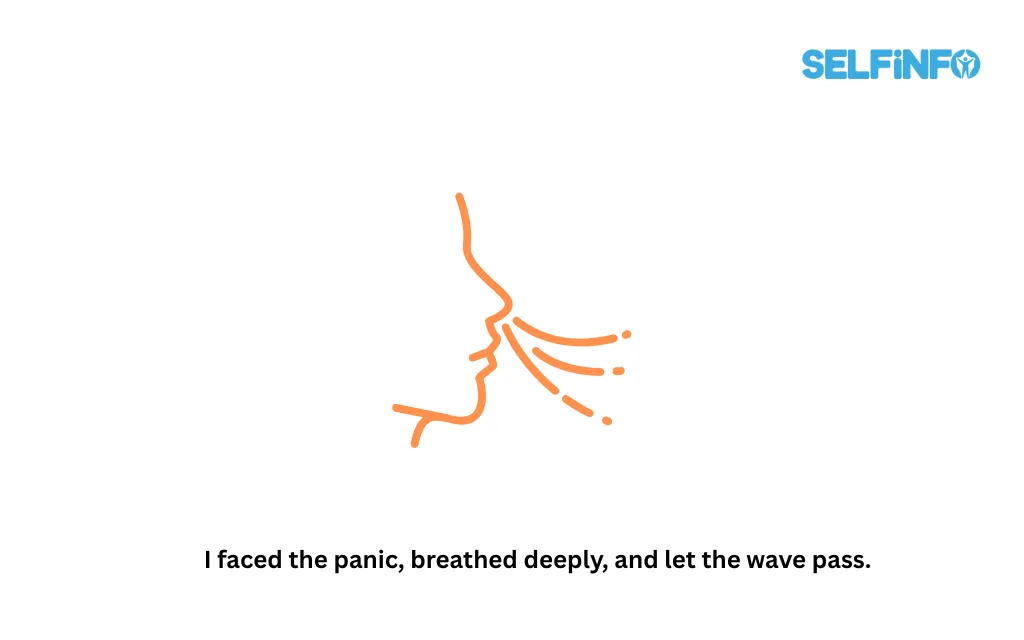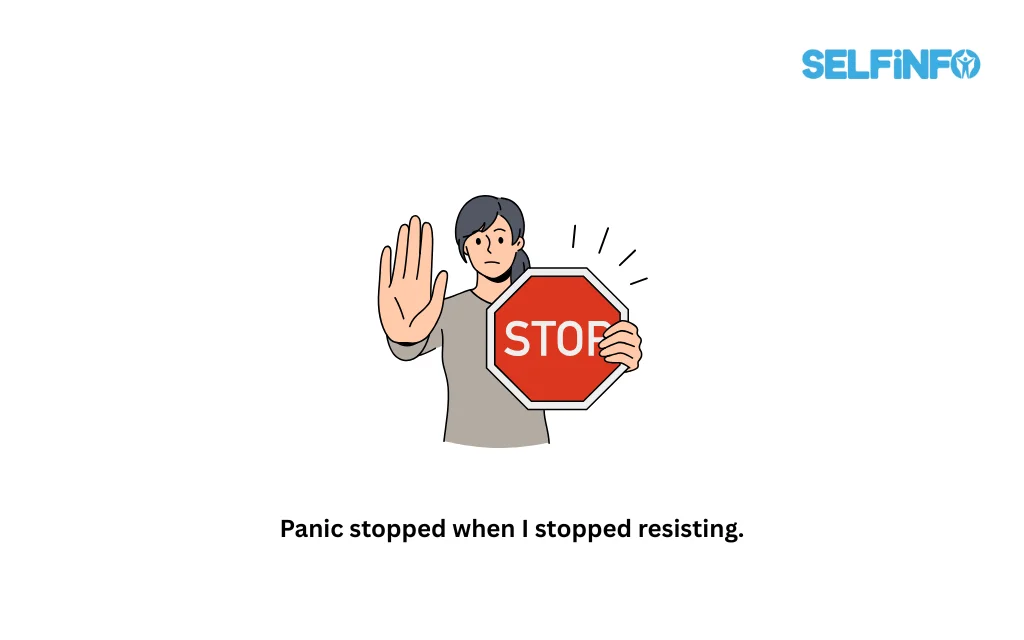Mindfulness Techniques helped me cope after a hit-and-run accident turned my life upside down in high school. The tragedy took the life of my boyfriend’s 19-year-old brother. Although I had never met him, the weight of the loss cast a long shadow over my world.
I fell into an ever-deeper depression in the days, weeks, months, and years after the accident. I began to suffer panic attacks and cut myself every day in an attempt to feel anything than fear and hopelessness. I took dozens of drugs, went to therapy, sought treatment, and frequently resorted to booze when nothing else worked.
I soon fell in love with a man who shared my extreme depression. He attempted suicide by overdosing on his medication, and I discovered him lying on the floor of our living room six months after we were married.
I contacted the police, helped him throughout his subsequent hospital stay, and immediately resorted to my bad coping mechanisms.

I struggled through the dark for years, believing that my life would be filled with misery. I kept telling myself that if that hit-and-run incident had never happened, my life would have been so much better. I firmly believed that it was the single crucial element that had ruined my life.
Eventually, the stress of living this way caught up with me. In addition to the depression and anxiety, I began to have migraines, uncontrollable nosebleeds, and excruciating muscle pain. I went to doctor after doctor and at one point was taking seven prescription medications every day, with no relief in sight.
Finally, it was clear I needed to take a different course of action. I decided to look into meditation. Before long, I had accumulated three meditation methods to try.
The first method was a simple practice of closing my eyes and counting each breath. I tried this until it became evident that I could never get past the number one before my brain started reliving events from my past. Closing my eyes, it seemed, took me too far away from the present moment.
Instead of closing my eyes, I had more success keeping my eyes open and silently but consciously acknowledging my surroundings. Whether I was at home, on the train, or walking down the street, I could practice mindfulness by saying, “Hello, carpet,” or “Hello, tree,” and I was immediately grounded into the present.
Perhaps it seems strange to greet inanimate objects, but it helped me maintain a more immediate experience of the present moment, so I went with it.
After that, I tried body scan meditation, or moment-to-moment
It made sense to me to attempt to concentrate on body awareness and how I was connecting to my environment because the sensations in my body are intense during a panic attack.
I made the conscious decision to go through this panic attack from start to finish, even though my inner voice was telling me I was going to die. I focused on my breathing and confronted the panic attack as if it were a wave of the ocean that I would let sweep over me.

Every muscle in my body started to tense, but I made a conscious effort to relax and just pay attention to what was happening without passing judgment or assigning blame.
My entire body lurched as a result of a huge muscle spasm that came on very immediately. I started to feel as though I was falling through the floor as I became aware of my surroundings, and I was afraid that this was the panic attack that would ultimately end my life.
Then, however, in what I can only describe as a massive surge of energy, the fear, the panic, and all the tenseness in my muscles went through my body.
As abruptly as it had started, the panic vanished as I felt the wave travel from the top of my head through every last finger and toe. For the first time, I heard a siren that had nothing to do with me or my past as I started breathing normally again. I heard a siren, but it was just that—a siren.
I have not experienced a panic attack in the five years after this incident. Panic was an extreme manifestation of my resistance to memories and thoughts that I did not want to go through. I was able to overcome my panic after I learned to quit resisting.
I may be able to offer some recommendations based on what worked for me, but I cannot promise that anyone else will have the same experience. Here are some strategies you can use the next time you sense a panic attack coming on, if you are among the millions of individuals who experience them worldwide.
My entire body lurched as a result of a huge muscle spasm that came on very immediately. I started to feel as though I was falling through the floor as I became aware of my surroundings, and I was afraid that this was the panic attack that would ultimately end my life.
Then, however, in what I can only describe as a massive surge of energy, the fear, the panic, and all the tenseness in my muscles went through my body.
As abruptly as it had started, the panic vanished as I felt the wave travel from the top of my head through every last finger and toe. For the first time, I heard a siren that had nothing to do with me or my past as I started breathing normally again. When I heard a siren, it was just that—a siren.
I have not experienced a panic attack in the five years after this incident. Panic was an extreme manifestation of my resistance to memories and thoughts that I did not want to go through. I was able to overcome my panic after I learned to quit resisting.

I may be able to offer some recommendations based on what worked for me, but I cannot promise that anyone else will have the same experience. Here are some strategies you can use the next time you sense a panic attack coming on, if you are among the millions of individuals who experience them worldwide.
Counting Breaths
Take note of your breathing. Is it shallow and quick? Is it getting shallower as you become more anxious? Close your eyes for a bit and focus on counting your breaths.
Try to concentrate on only one or two prolonged inhalations and exhalations if you notice that you are counting too quickly. If you are unable to get past one or two, do not worry. Congratulations if you realize your thoughts have wandered from counting! Under very difficult circumstances, you have had a moment of mindfulness.
Acknowledging Your Surroundings
Open your eyes and begin recognizing your surroundings if, like me, you discover that closing them increases your panic. Say hello to everything you see around you, including your hands, feet, the floor, the ceiling, a chair, a tree, and more. If you think this is absurd, you are right! Give yourself permission to laugh and find humor in it.
Body Awareness

Pay attention to the sensations in each area of your body. Do your muscles feel tense? Do you feel your toes and fingers? What would happen if you attempted to move them? As you continue to take deep breaths and release them, does the feeling change? Try to allow yourself to feel whatever it is without fighting it.
I will never forget the lesson I took away from my experience: I did not find my inner power until I gave up attempting to fight.
The energy we invest in combating panic increases its velocity, although we do not necessarily have to. Whether we are prepared for it or not, life happens to everyone, including you and me. All we truly need to do is be willing to live each moment as it comes.
